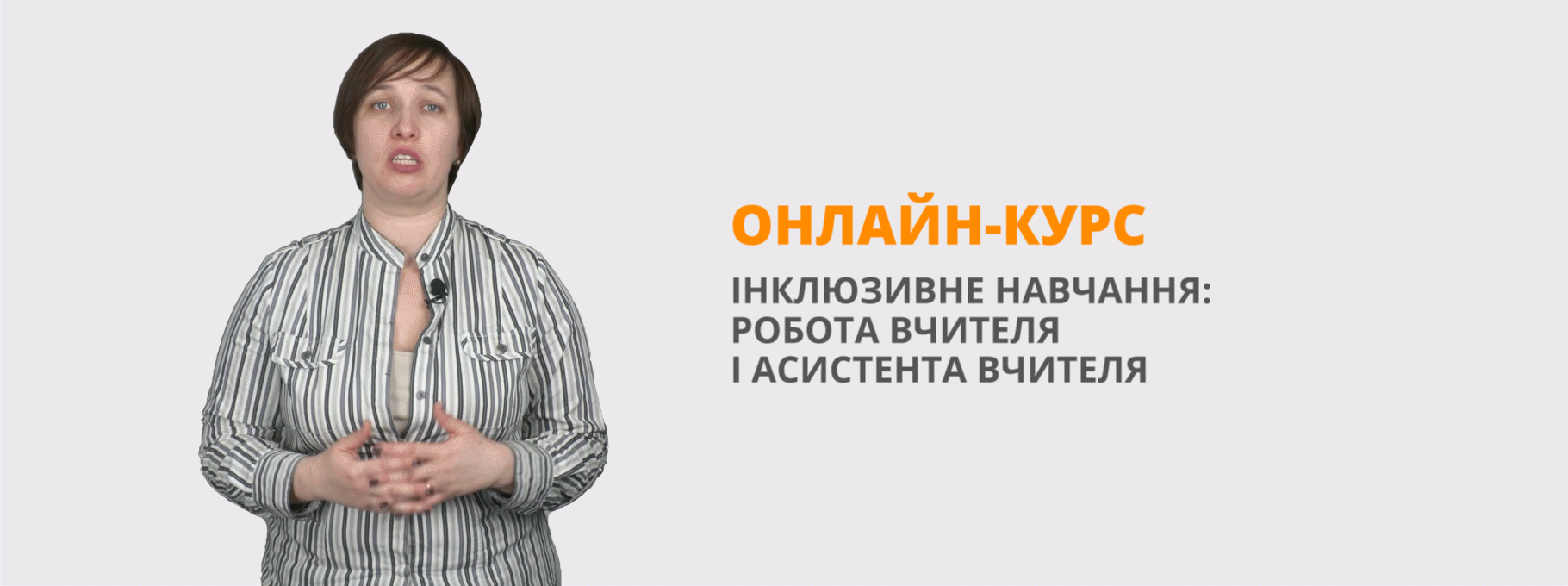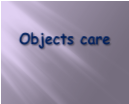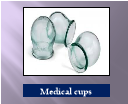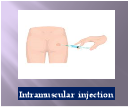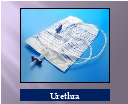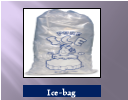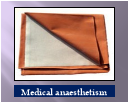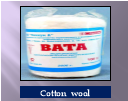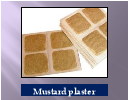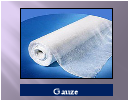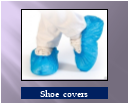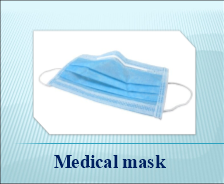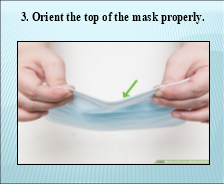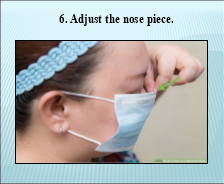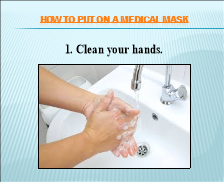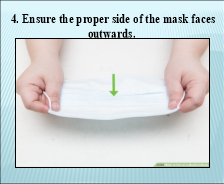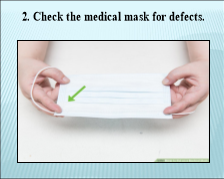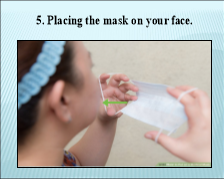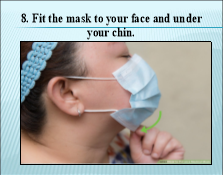Методична розробка уроку "Objects care"
Міністерство охорони здоров’я
комунальний заклад
«Бериславський медичний фаховий коледж»
Херсонської обласної ради
МЕТОДИЧНА РОЗРОБКА
з дисципліни: «Іноземна мова за професійним спрямуванням»
на тему: «Objects care»
Розглянуто та схвалено на засіданні
циклової комісії викладачів гуманітарної та
соціально-економічної підготовки
Протокол № ___ від «___ » ________ 20__ року
Голова циклової комісії ______О. Запорожець
2019/2020 н.р.
Навчально-методична карта
Тема: «Objects care»
Курс: ІІІ, спеціальність «Сестринська справа»
Кількість навчальних годин: 2
Місце проведення: аудиторія № 309
- Актуальність теми: дати поняття студентам про предмети догляду за хворими
- Навчальні цілі заняття:
- ознайомити з активною лексикою заняття;
- нагадати структури простого та складного речення при перекладі;
- оволодіти навичками читання та письма нової лексики, технікою виконання усних та письмових вправ.
- Виховна ціль: виховувати інтерес до мови, яка вивчається; дисципліну, повагу один до одного та до оточуючих; працелюбність та професіоналізм.
- Міждисциплінарна інтеграція:
Дисципліни:
- Попередні (забезпечуючі) дисципліни: ВМП
Знати: Догляд за хворими
Вміти: вести діалог
- Наступні дисципліни (що забезпечуються): Невідкладні стани у внутрішній терапії
Знати: лексичний матеріал
Вміти: застосовувати медичну термінологію в писемному та усному мовленні
- Внутрішньопредметна інтеграція (теми данної дисципліни, з якими інтегрується та, що вивчається): «Відділення дікарні»
Знати: лексичний матеріал
Вміти: читати та перекладати текст, відповідати на запитання
- Тип заняття: комбінований
- Забезпечення заняття: дошка, роздатковий матеріал (тексти), видеосюжет, 2 презентації, словники.
І. Підготовчий етап.
Teacher: Good afternoon, students! I’m glad to see you. Sit down, please.
Students: Good afternoon. ! I’m glad to see you, too.
Teacher: Who is on duty today?
Student: I am on duty today.
Teacher: What day and date is it today?
Student: Today is … .
Teacher: Who is absent?
Student: All are present.
ІІ. Підготовка до сприйняття іншомовного мовлення
- Фонетична розминка.
Teacher: Read and translate the proverbs
Health is above wealth.
An apple a day keeps doctors away.
A sound mind in a sound body.
Early to bed and early to rise,
Makes a man healthy, wealthy and wise.
- Повідомлення теми та мети заняття.
Teacher: So, the topic of our lesson: “Objects care”.
You should be able:
- To recognize and understand new words and word combinations;
- To read and understand the gist and details of the topic;
- To make the practical exercises.
ІІІ. Основна частина заняття.
Task 1. Write down the words. Read and translate the words:
|
|
|
|
|
|
|
|
|
|
|
|
|
|
|
|
|
|
|
|
|
|
|
|
|

Task 2. Listen the text about objects care.
Patient care is a set of measures aimed at maintaining and restoring the patient's strength and creating minds that contribute to rapid recovery, prevention and prevention of complications.
It includes hygienic maintenance of the room where the patient is, maintaining proper hygiene of the patient, comfortable bed equipment, care for clean bedding and clothing, organization of nutrition, providing assistance to the patient in eating, toilets, various illnesses, disorders that occur during the disease (vomiting, urinary retention, gas, shortness of breath, epileptic seizures, etc.).
Usually patient care is divided into general and special. Particular difficulties arise in the care of the seriously ill.
Directly related to care is clear and timely implementation of all prescribed medical procedures and prescriptions, as well as monitoring of the patient's condition (according to appointments), which must be carried out by a mid-level health worker (nurse, paramedic, midwife), especially in the absence of a doctor .
All patient care is based on the principles of the regime that protects and defends the patient's psyche. Elimination of various stimuli, negative emotions, providing peace, quiet, creating comfort and sensitivity to the patient contribute to rapid recovery.
Physicians and nurses must understand and study the characteristics of each patient and remember that the disease often changes the psyche and behavior: the reaction to the environment, "increases" irritability, moodiness, and others. Patience, tact, composure, discipline and attentiveness are needed to find a way to establish contact with the patient, to gain his trust, to maintain his confidence in recovery and success of treatment.
In addition to morale, you need to monitor your appearance. Clothes should be clean, ironed, neat, hair tidy, hands clean, nails trimmed, use of cosmetics, perfumes and jewelry in moderation. Many medical institutions have special uniforms.
Task 3. Read and translate the text.
Task 4. Answers to the following questions.
- What does patient care mean?
- What does hygienic maintenance of the premises include?
- What are the types of patient care?
- Who monitors the patient's condition in the absence of a doctor?
- What contributes to the rapid recovery of the patient?
- What should be the clothes of medical workers?
Task 6. Fill in the blanks.
- Usually patient care is divided into … .
- … institutions have special uniforms.
- Patient care is a set of … aimed at maintaining and … and creating minds that contribute to rapid …, prevention and prevention of complications.
- Physicians and nurses must understand and study … and remember that the disease often changes … and … .
- … is based on the principles of the regime that protects and defends the patient's psyche.
Task 7. Write 10 sentences with new vocabulary.
Examples of nurse’s work
- Carrying out full and partial sanitary treatment of the patient.
- Treatment of the hair in pediculosis.
- Preparation of disinfectant solutions.
- Disinfection of care items, personal hygiene of the patient, utensils.
- Processing of instruments before sterilization.
- Preparing the patient's bed.
- Replacement of underwear and bed linen for the seriously ill.
- Transportation and transfer of the patient.
- Washing of bedridden patients, wiping.
- Skin care in case of bedsores. Treatment of bedsores.
- Hair care. Washing, combing, shaving, haircut.
- Care for the genitals, perineum. Washing.
- Eye care. Flushing, eye baths.
- Ear care. Processing of the external auditory canal.
- Care of the nasal passages.
- Oral care. Examination, irrigation, wiping, brushing teeth, rinsing.
- Placement of the vessel and urinal in critically ill patients.
- Feeding the seriously ill with a spoon and drinker.
- Care during fever.
- Gastric lavage.
- Providing assistance during vomiting.
- Introduction of the exhaust pipe.
- Staging a cleansing enema.
- Staging a siphon enema.
- Staging a therapeutic enema.
- Staging a drip enema.
- Staging cans.
- Applying mustard.
- Applying cold, hot and warming compresses.
- Applying a warmer.
- Application of ice bubble.
- The use of drugs parenterally.
- Application of medicines on the skin (ointments, powders, plasters, solutions and tinctures).
- Dropping drops in the nose, eyes, ears.
- Administration of drugs through the rectum (using rectal suppositories).
- Applying a tourniquet for bleeding.
- Stopping bleeding by improvised means.
- Sputum collection for laboratory research.
- Preparing the patient for gastric and duodenal sounding.
- Preparation of the patient for radiological and endoscopic methods of the digestive and urinary systems.
- Determination of optimal body weight.
- Carrying out anthropometric measurements.
- Body temperature measurement.
- Hand treatment by various methods.
- Disinfection and pre-sterilization treatment of instruments.
- Processing of nipples and bottles.
- Feeding children with bottles, spoons.
- Skin treatment for hives, eczema, rashes.
- Production of dressings: balls, napkins, turund.
- Applying different types of headbands.
- Applying various bandages on the limbs.
- Applying various bandages on the torso.
- Imposition of Cramer's transport tire in case of fracture of one or two shin bones.
- Applying Cramer's transport tire for a fracture of the forearm, shoulder.
- Implementation of indirect heart massage.
- Providing assistance in food and chemical poisoning.
- Placing the vessel and urinal on the seriously ill.
Task 8. Write a short story about the care of a bedridden patient.
IV. Заключна частина.
Task 10. True or false.
- Carrying out full and partial sanitary treatment of the patient.
- Treatment of the hair in pediculosis.
- Preparation of disinfectant decoction.
- Disinfection of care items, personal hygiene of the medical stuff, utensils.
- Processing of instruments before sterilization.
- Legs treatment by various methods.
- Disinfection and pre-sterilization treatment of instruments.
- Processing of nipples and bottles.
- Feeding children with plate and fork.
- Preparing the patient for gastric and duodenal sounding.
- Preparation of the patient for radiological and endoscopic methods of the endocrine and respiratory systems.
- Determination of optimal body height.
Home task:
- Learn the new activities;
- Choose any care item and prepare a multimedia presentation.
Example
|
|
|
|
|
|
|
|
|
|
|
|
- The lesson is over. Thank you. Good bye!

про публікацію авторської розробки
Додати розробку
